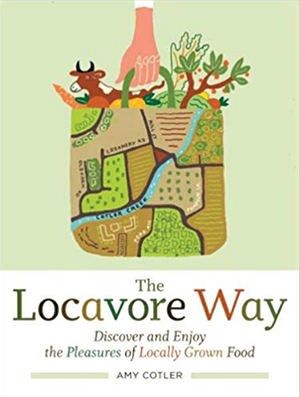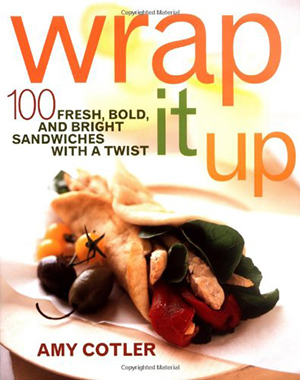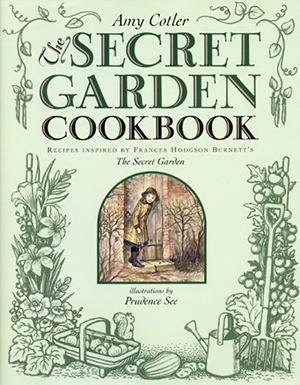
Nam Ou river
After landing in Luang Prabang, Laos, my pals Shirley, Judy and I headed north, with our friend-guide Ticky. Meanwhile, Tommy jubilated in town with croissants and coffee.
Sharp, agile, quick to laugh, Ticky was born in a cave. The first bite his Khmu parents fed him was bat meat, so he’d be strong and agile, able to fly away from danger. The first animal you eat embodies who you will be. And so, when the time comes, he wants to think carefully about what he feeds his children.

I arrived in Laos feeling visibly American. The pathos of Nixon’s “secret war” on the country in the 60’s had somehow remained with me, and it made me feel strangely guilty.
Besides that, I knew almost nothing. Although Laos is just slightly smaller then the UK, its population is only about 6 million. Its varied landscape, from Mekong River valleys to dramatic mountain ranges is mirrored by the diverse ethnic make up of the country, about half Lao with the remainder belonging to 4 groups, each with numerous sub-groups and clans. (And cool outfits to match.) In the Northern region, where we spent 5 days traveling with Ticky, these ethnic minorities make up the majority of the population.

Landlocked, Laos is one of the 20 poorest countries in the world with an average life expectancy of the late 60’s. (The ancient “Grandma,” we met in our homestay in BaNa is only a few years older than I am. She was a kind host, but looked really beat; I’m sure for good reason.) The illiteracy rate is high, and some of the hill tribes, such as Ticky’s Khmu ,have no written language.
Traveling North
At first, traveling up from Luang Prabang by bus and boat, the dramatic mountains looked simply, well… green. But after a few days, I learned to see more: squares of lighter, evenly spaced teak tree farms; bald spots, where sticky rice was grown and burned off post-harvest; little bamboo-fenced family farms with low growing greens and trellised vegetables; tangled jungles up on high, complete with monkeys and more, or so I’m told; caves with almost invisible nets out front to catch edible bats; and strip-mined areas.
 Mung Ngoi
Mung Ngoi
Heading north out of Luang Prabang, we arrived after a 3-hour bus ride, followed by a 1-1/2 boat trip. We docked on the quiet Nam Ou River with about 20 other travelers. A long set of stairs led up to the small town that received electricity only two years before.
The main street is a dirt road with a few shops, guesthouses, low-lying homes and a few restaurants, all dominated by a steep limestone mountain at its end. Two street stands sell noodle soup in the morning, alternating days, so they don’t steal each other’s business. Each soup is filled with noodles, shredded bamboo shoots, green papaya and banana flowers. While one soup was better than the other, I so appreciated their communal spirit.


Mung Ngoi is hardly a boom town. But my pals and I could see (and hear) the large concrete hotel rising out of the riverside beside our little guest house. Changes are a coming.
Taro root boiling for deep fried snacks, which were dense but quite tasty. The morning sausages, hot off the grill, were wonderfully fatty, spicy and herbaceous, as they were in Northern Thailand.

Night and Day
In the evening we walked to the temple, where saffron robes of the novice monks glowed in the dim light. They practiced their overlapping chants, and their songs became the recurring soundtrack of our visit, especially as I fell asleep.
Returning to our guesthouse, we passed a handful of old women marching ahead of us. Their leader rounded a corner, swinging a large flashlight side to side as they walked, calling out for the spirit of someone sick to come back, so she could be well again.
Novices practicing their chants. That’s Ticky’s voice near the end of the clip, using the standard Lao greeting, Sabadee.
The next day we walked an hour or so to BaNa, and even smaller places beyond. We passed a cave, which sparked Ticky’s tale about his class visit to a giant cave where 20,000 people met to foment the Lao revolution. Then, Judy, Shirley and I walked down to the river along the way. There, we spotted a small watermill. The waterpower brings the wheel around, pushing the pestle into the mortar containing rice. Bang! That’s how husks are traditionally broken off rice, turning it from brown rice to Asia’s beloved white rice.

Rice
The annual sticky rice harvest had passed. But we saw the low brown stalks in fields, here and there, as we walked.
Rice sits at the center of Lao (and Asian) food, eaten every day in everything from soup, porridge and noodles to wrappers. When Ticky was a young Khmu boy, living in the mountains, his family subsisted on fishing, hunting deer, rats, whatever they could find, foraging and farming vegetables and sticky rice.
His father used his connections as the village chief to bring him to the temple where became an monk. (And the envy of his friends.) The Buddhists educated him. He grew up on offerings, mostly rice. And he didn’t grow tall; the people of Laos are short, some from genetics, some from stunting due to lack of nutrition. But he grew strong.
He may eat fish and meat, though rarely cooked oil, as there was no oil in his tribal cooking. He may savor soup, and certainly Lao beer. But the lifeblood of his diet was and still is sticky rice.

Adendum: How we met Ticky
While still in NYC, Judy, ever tenacious about seeing Laos through a local’s eyes, kept asking around. Soon she connected with Ticky through a market vendor in Manhattan. David Appleton sells stunning Lao scarves in the Columbus Avenue Flea Market, which is around 76-78th Street on Sundays in Manhattan. He befriended Ticky when he was a tourist in Laos, after which he sponsored Ticky’s law school education. They remained friends with yearly visits and a scarf business.
Ticky’s just out of law school, is looking for work, but is always happy to make Western friends.(He joked about visiting NYC and jumping from building to building like spiderman.) Let me know if you’re traveling to Laos, and I’ll put you in touch.
What’s up next? Northern Laos, Part 2: More fun up North, including Ticky’s find in the picture up top. (In case you were wondering — it’s Laos for the country and Lao for the people.)





